Small scale farmers are confronted with increasing costs, pests, and erratic weather in Kenya. The pleasant news is that? Agroecology provides cheap, easy-to-follow solutions that are friendly to nature and can boost production and at the same time rehabilitate soil health. Here are five agroecological practices that can make a difference:
If you are new to this, dive to my blog that defines agroecology in simple terms before moving to agroecological practices.
1. Healthy Soil Composting
Instead of feeding your soil with costly fertilizers, farmers can use compost and manure as alternative solutions. Compost and manure will make the soil healthy therefore it can retain water, produce healthy crops that are disease-resistant.
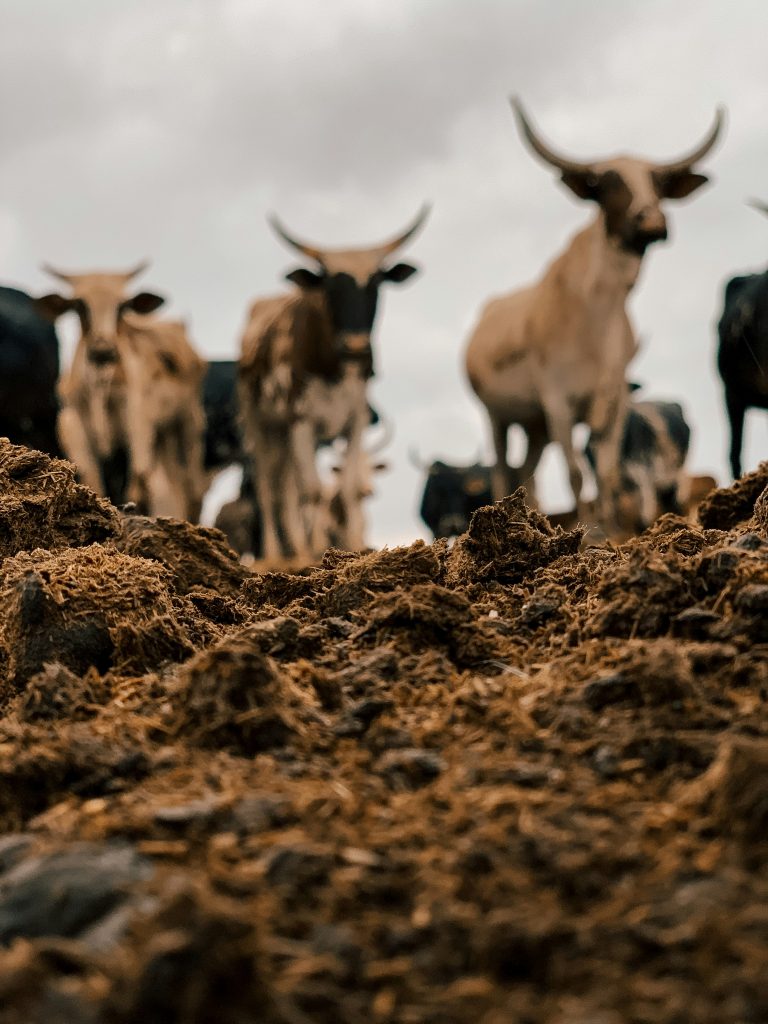
2. Intercropping
Diversification of crops creates an easy win as various plants can live together. For example, maize and beans or sorghum and cowpeas can be intercropped. Intercropping makes the soil fertile, minimizes pests and reduces cost losses for the farmer when crop fails.
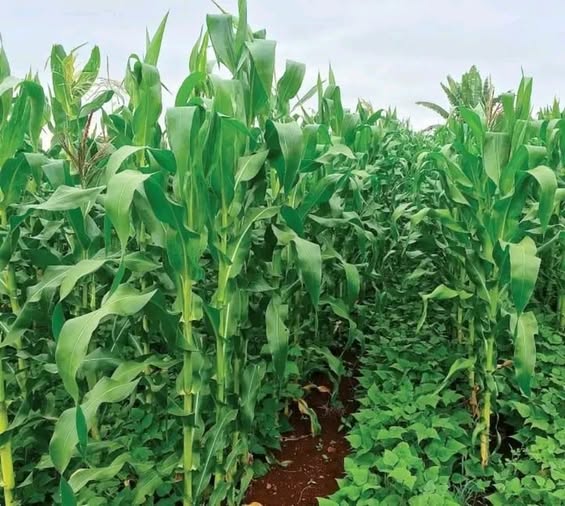
3. Mulching
The soil can be covered with grass, leaves, or remains of crops to ensure that the moisture is retained, the weeds are suppressed, and the soil is kept cool. This aids greatly at times of dry seasons.
4. The Local Seeds approach
Farmers should use local and indigenous seeds that are suitable to the climatic conditions in Kenya. They are relatively cheap and most have resistance to droughts as compared to hybrid seeds. To achieve this, you keep the best crops in the garden in order to save seeds to be planted at the next season.
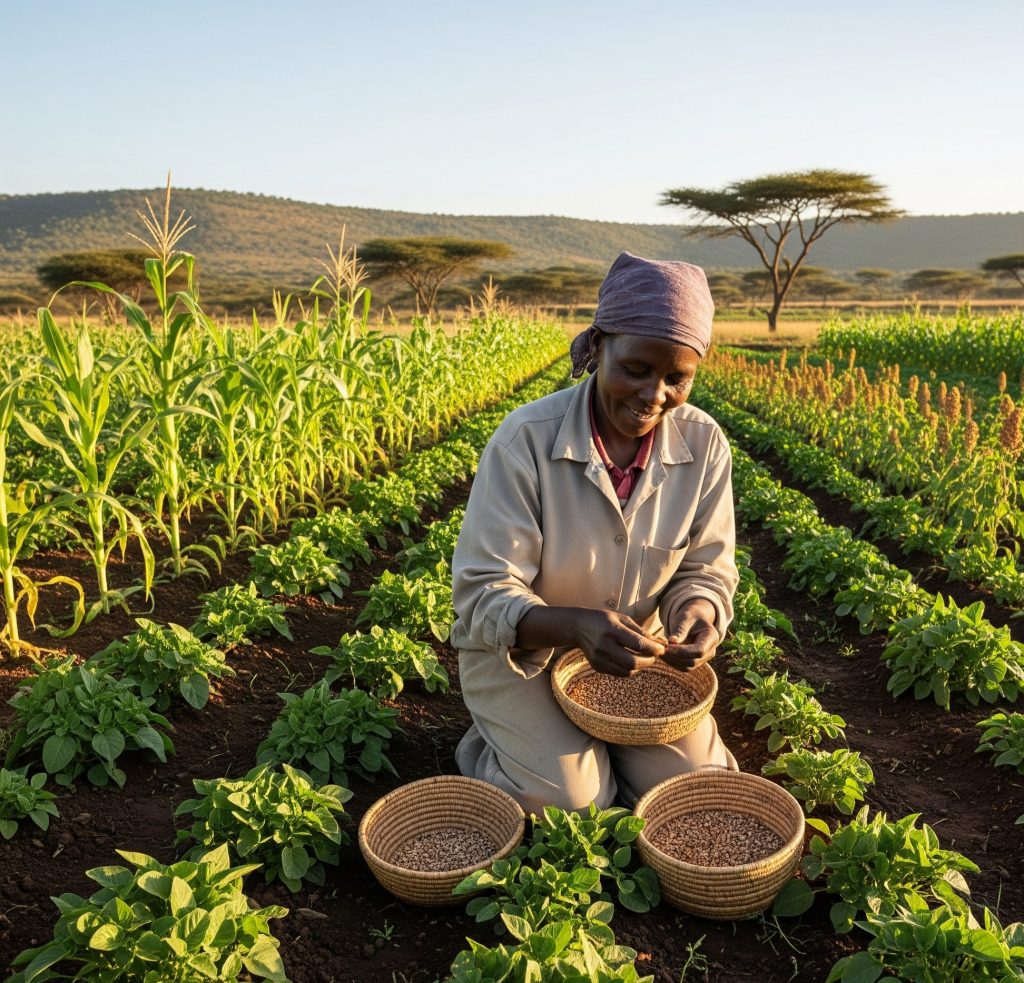
Agroecology is also more than a fad, it can increase productivity and ensure protection of your land. Start small with these Agroecological practices, and watch your farm together with soil, thrive.


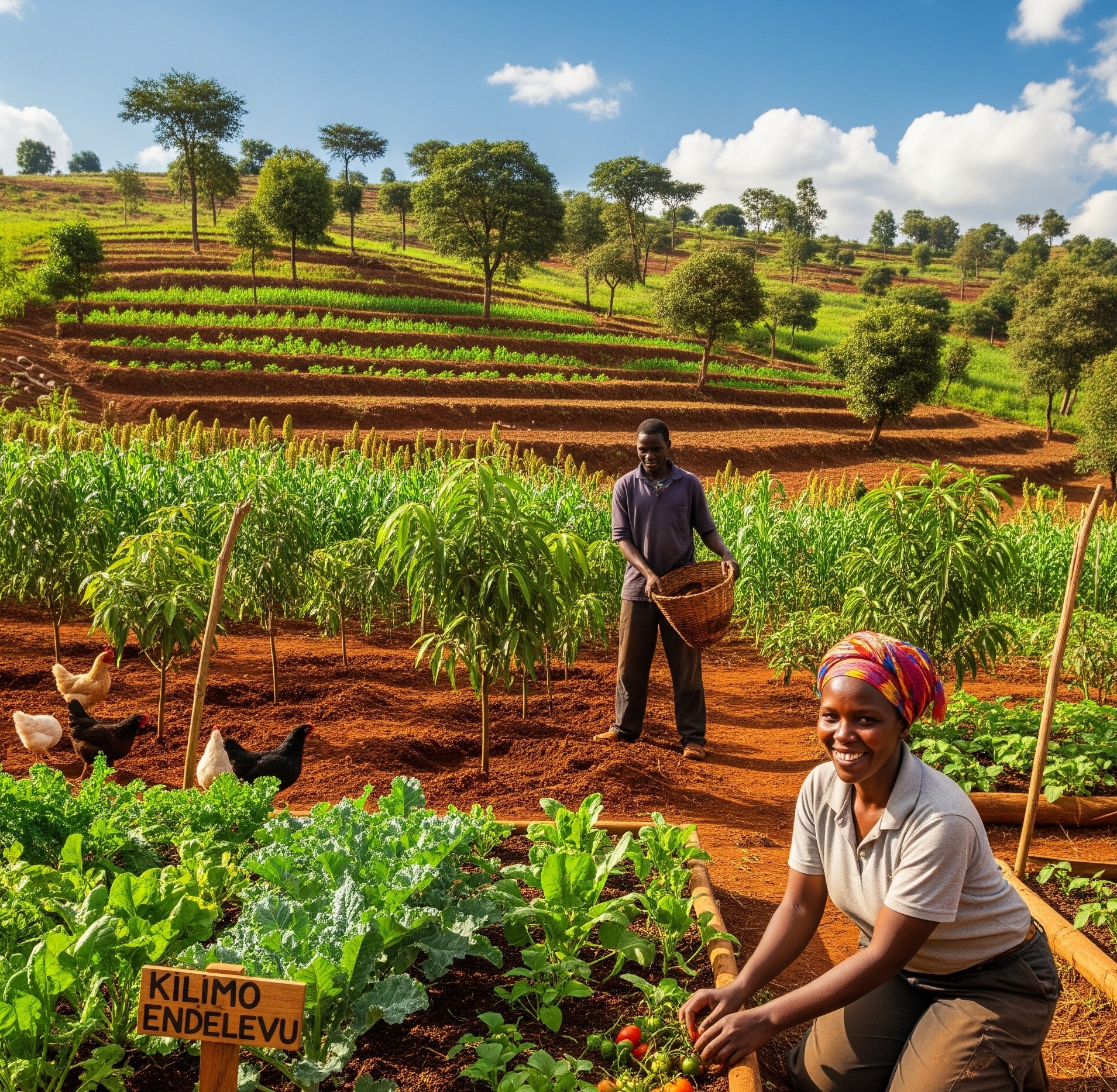
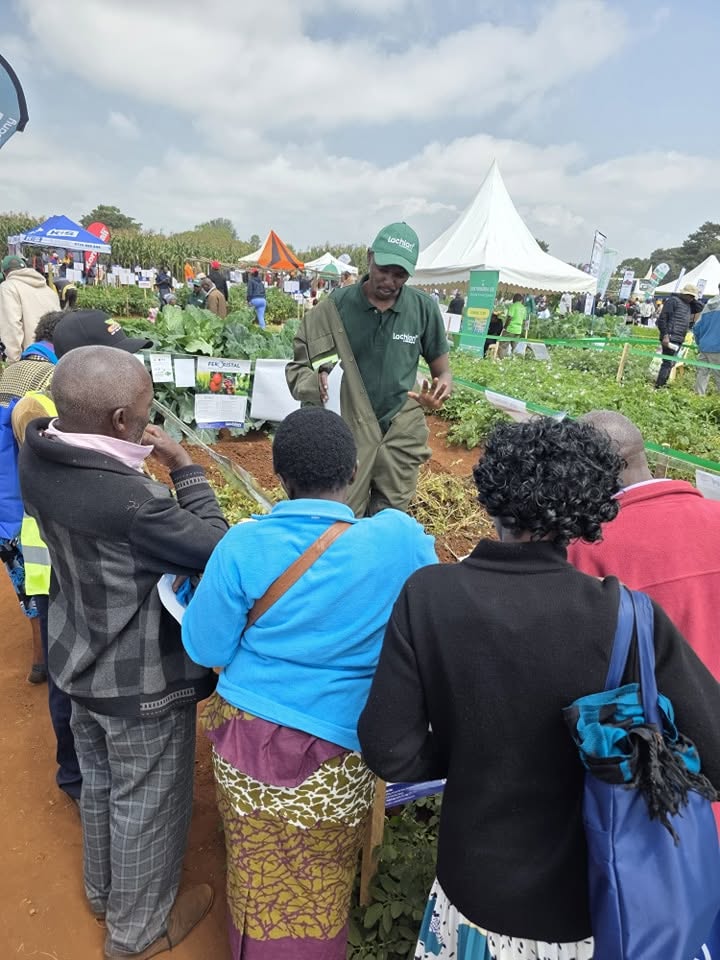


[…] method aligns with agroecological practices we discussed earlier that improve soil and control pests […]